Changes ahead to make distributed I/O better
For controls engineers building machinery, the shift toward widely distributed I/O architecture has become the standard in new facility designs and expansions. This approach, Control writes, leverages industrial Ethernet protocols to connect controllers and other parts of the system, providing economic advantages.
The elimination or reduction of costly multiconductor home-run cables and the flexibility in adding more I/O to smart junction boxes make this setup more appealing. Earlier systems with centralized remote interface rooms and motor control centers involved complex and expensive fiber-optic rings to the control center.
Distributed I/O streamlines this by decentralizing, and with advancements such as Ethernet APL, the entire setup can soon be condensed into simpler, more efficient, and locally-powered I/O cabinets near equipment. Learn more in the full article written by partner publication Control.

